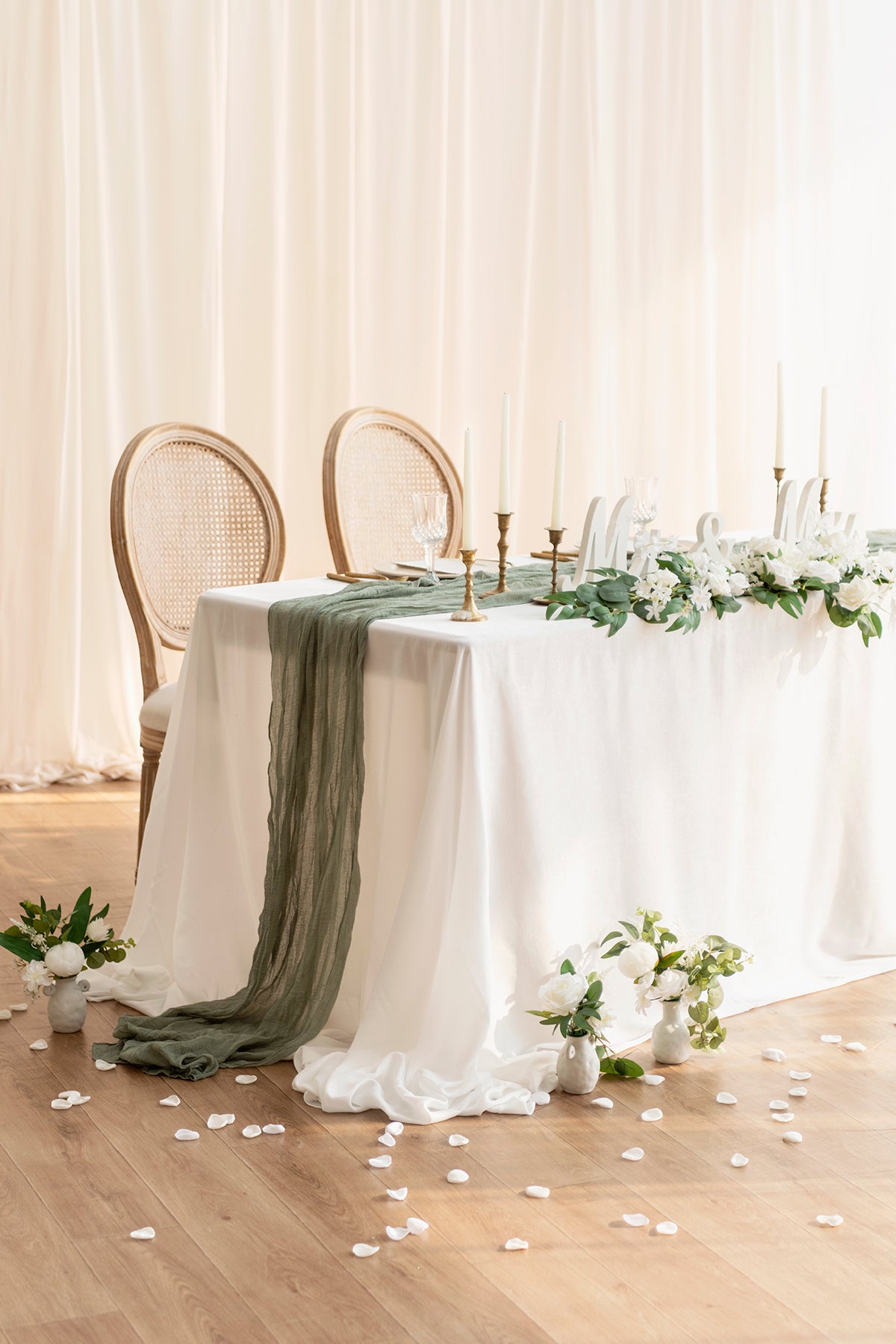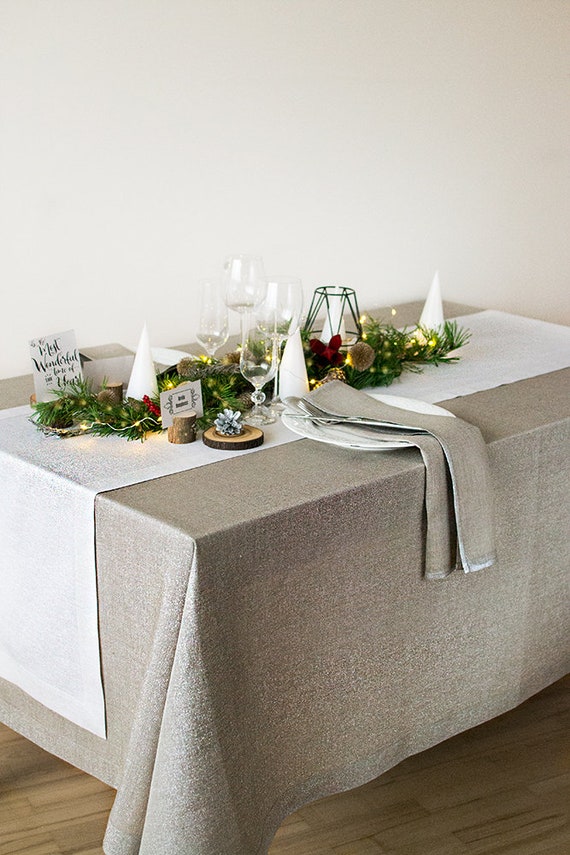Bed Linen Fabric Advancements: Exploring Modern Trends and Creative Applications in Design and Fabric Industry
From lasting manufacturing approaches to sophisticated weaving technologies, the development of linen is reshaping the landscape of the textile market. As we dive right into the realms of imaginative layout applications and the development of bed linen blends and hybrid textiles, a brand-new phase unravels in which linen's duty in future textile innovations takes center phase.
Lasting Practices in Bed Linen Production
Sustainable methods in linen manufacturing have become increasingly crucial in the fabric sector's initiatives to decrease ecological effect and advertise moral sourcing approaches. Bed linen, a natural fiber stemmed from the flax plant, provides a range of advantages such as durability, biodegradability, and breathability. Nonetheless, standard techniques of linen production can involve considerable water consumption, pesticide use, and energy-intensive processes.
To deal with these challenges, many textile manufacturers are taking on sustainable techniques throughout the linen production procedure. This includes sourcing flax from natural farms that avoid hazardous pesticides and chemicals, applying water-efficient retting techniques to remove fibers from the flax stalks, and utilizing eco-friendly dyes and finishes. Furthermore, some business are spending in renewable resource sources to power their manufacturing centers and reducing waste with recycling and upcycling initiatives.
Technological Improvements in Linen Weaving
With the expanding emphasis on lasting practices in bed linen production, the fabric industry is now experiencing a rise in technological innovations particularly targeted at transforming the art of bed linen weaving. These advancements are improving the method bed linen materials are produced, using boosted performance, top quality, and creative thinking in weaving methods.
One of the key technical innovations in linen weaving is the integration of digital looms. These advanced looms are equipped with software that enables complicated and intricate styles to be woven with accuracy. By digitizing the weaving procedure, makers can achieve better uniformity and precision in their linen materials.
Additionally, improvements in yarn spinning technology have enabled the production of finer and even more durable linen yarns - table cloths. This results in softer and smoother linen materials that retain their high quality even after multiple uses and laundries
Furthermore, the development of eco-friendly dyeing procedures and coatings for bed linen materials is gaining traction. These sustainable techniques not only decrease the ecological impact but likewise deal with the raising customer demand for ethically created fabrics.
Creative Design Applications for Linen
Innovative imaginative strategies are significantly shaping the imaginative style applications for bed linen in the textile industry. Bed linen's all-natural aesthetic appeal and capacity to blend with other materials make it a favored selection for producing special garments and devices that cater to the environmentally mindful customer.
Moreover, designers are explore bed linen in home style, utilizing its breathable and long lasting nature to craft elegant furnishings such as curtains, bed linens, and furniture. The appearance and drape of linen bring a sense of sophistication and convenience to interior areas, adding a touch of beauty to contemporary homes.

Bed Linen Blends and Hybrid Fabrics

Hybrid materials, on the other hand, take the principle of mixing important site a step further by integrating additional aspects such as metal strings, recycled materials, or conductive fibers. These innovative textiles not just expand the design opportunities but likewise present practical elements like conductivity, antimicrobial homes, or enhanced toughness. Hybrid fabrics are progressively being used in different industries, including fashion, interior decoration, and technological textiles, where the demand for multifunctional materials is on the increase.
Linen's Duty in Future Textile Innovations

In the world of future fabric innovations, linen is expected to be a crucial gamer in the growth of advanced functional materials. Designers and scientists are discovering means to enhance linen's fundamental high qualities with technical innovations, such as integrating wise fabrics, nanotechnology, and efficiency coatings. These technologies intend to boost bed linen's efficiency features, making it ideal for a more comprehensive array of applications, from activewear to safety apparel.
In addition, the mix of bed linen with various other all-natural or artificial recommended you read fibers opens up unlimited possibilities for creating novel fabrics with one-of-a-kind properties and functionalities. By leveraging linen's attributes and discovering cutting-edge blends, the fabric market is poised to introduce exciting growths that deal with progressing consumer needs and sustainability needs.
Verdict
Finally, the exploration of sustainable techniques, technological developments, creative layout applications, linen blends, and its role in future fabric technologies highlight the constant evolution of bed linen material in the modern-day style and textile sector. With a concentrate on innovation and creative thinking, the adaptability and environment-friendly nature of linen make it a beneficial material for my latest blog post developers and makers alike, leading the way for additional growths and improvements in the field of textiles.
As we dive into the worlds of innovative layout applications and the development of bed linen blends and hybrid textiles, a new phase unfolds in which linen's duty in future textile technologies takes center phase.
Exploring the blend of linen with other textiles has led to the appearance of innovative blends and hybrid fabrics in the contemporary textile sector. Linen blends use an unique combination of the features of linen with those of other fibers, resulting in textiles that possess improved properties such as boosted durability, enhanced draping, and minimized wrinkling.The evolution of linen blends and hybrid materials has actually established the stage for Linen to play an essential duty in driving future textile developments.In the realm of future fabric technologies, bed linen is expected to be an essential player in the advancement of innovative functional fabrics.